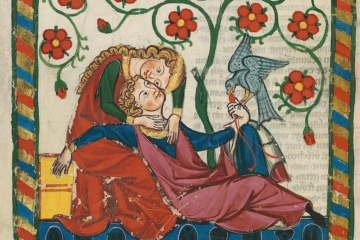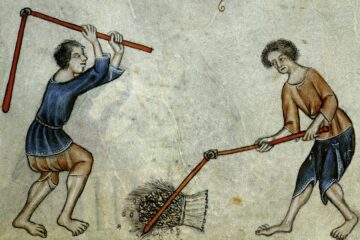Upon the Treaty of Bern‘s resolution, every previous King in Frankia was to relinquish their crown and swear fealty to King Philip II “the Just”. Not everyone bowed. A King’s Crown is something a person does not give up without blood or sense.
Nevertheless, King Philip was not about to embark on another campaign after 1180, which was the year he crushed the Third Imperial Uprising. Instead, he spent the last two years of his reign rebuilding and restoring much of France. He is the person responsible for beginning the Restoration of Rosewood which served to almost double its population and solidify it as the greatest City in Western Europe.
His son and successor, King Charles II, later named “the Conqueror” had different plans for the future of the Kingdom. Instead of relying on marriage or diplomacy, the young King would assemble his army and revive the Imperial Garrison for the final time in history and march it over Frankia, from Provence, to Gascony, to Bretonia to Artois. Every King he met was forced to hand over his crown and familial sword in order to have their life and rule spared. Those who Charles saw as unfit or whose lands were vital to France, he conquered and added to his own realm. And so after years of war, the King of France had dozens of both Kingly and Ducal crowns and swords to show for. Since the Imperial Sirius Crown was taken by the Kaiser back in 1174, this gave Charles a unique opportunity to smelt down all of the conquered crowns to forge the Royal Crown of France and Royal Scepter, while he had the greatest weaponsmiths in Rosewood forge him a godly sword, after pressing and bending it hundreds of times. In the end, the Sword of Kings was forged and represented the one true King’s right to rule.
Today, the Sword hangs in Fernyard Fortress, as a reminder of the Sirius dynasty’s right to rule which is enforced through Papal legitimacy, by blood and finally, by steel.


